Napoli's Treasures: Culture and Pizza
Join this free walking tour through Napoli's vibrant streets, where history meets culinary delight. Don't miss a stop for pizza napolitana!
Time
3 Hours
Stops
9 Places
Distance
4.6 km
Piazza del Plebiscito
Begin your journey at Piazza del Plebiscito, the heart of Naples, known for its stunning architecture and vibrant atmosphere.
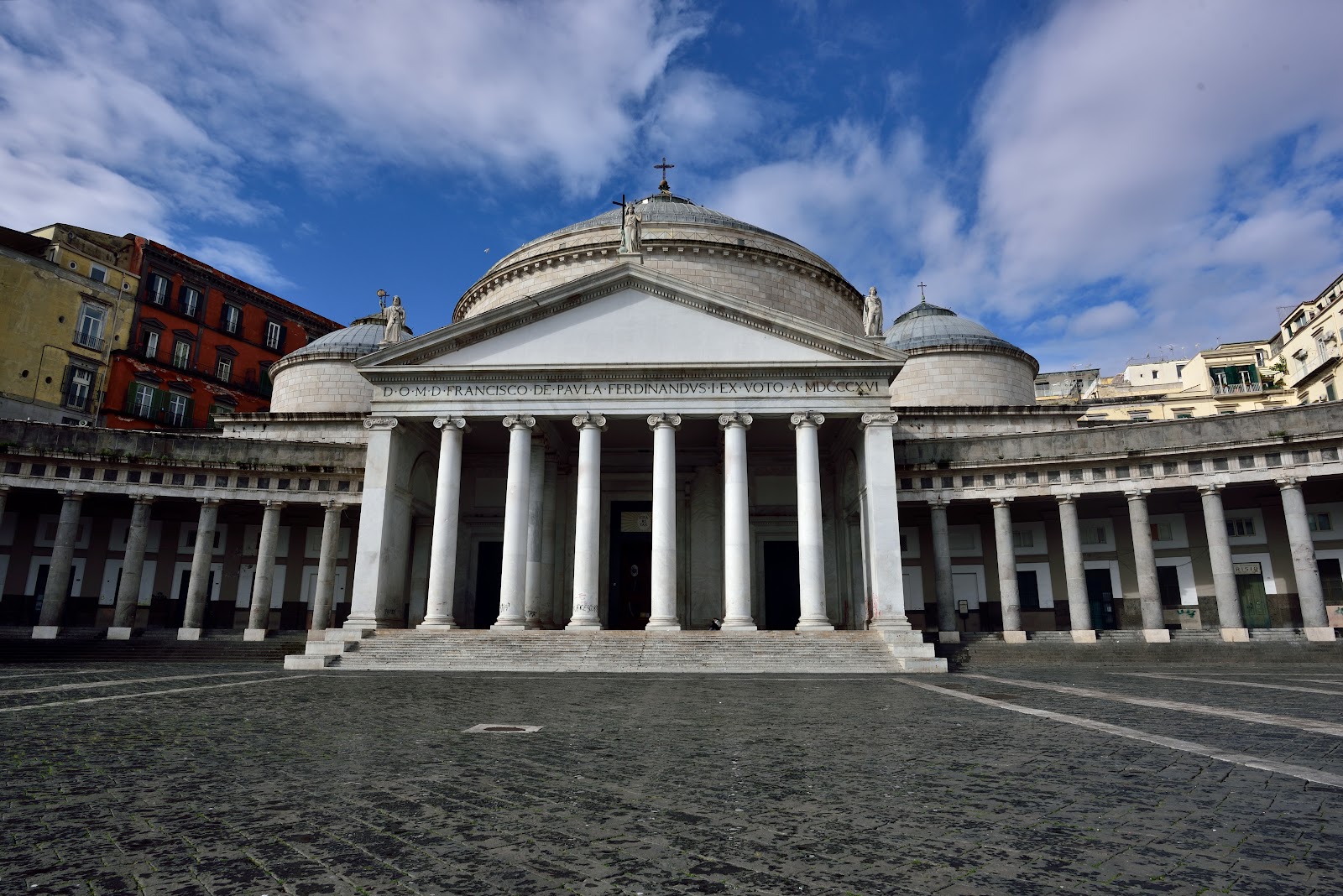
Piazza del Plebiscito (Source: Google Maps)
Audio Guide
0:00 / 1:49
Piazza del Plebiscito is the grand central square of Naples, encircled by historic buildings such as the Royal Palace and the Basilica of San Francesco di Paola. This iconic space has served as a venue for important events, concerts, and public gatherings. Its impressive architecture features a colonnade of 32 Doric columns and a vast open area that reflects the grandeur of Naples. The square is named after the plebiscite that led to the annexation of the Kingdom of the Two Sicilies to the Kingdom of Italy in 1860. Today, it remains a vibrant hub for locals and tourists alike, often filled with cultural events and celebrations.
Royal Palace of Naples (Palazzo Reale)
Located adjacent to Piazza del Plebiscito, the Royal Palace offers a glimpse into the opulent lifestyle of the former Bourbon kings.
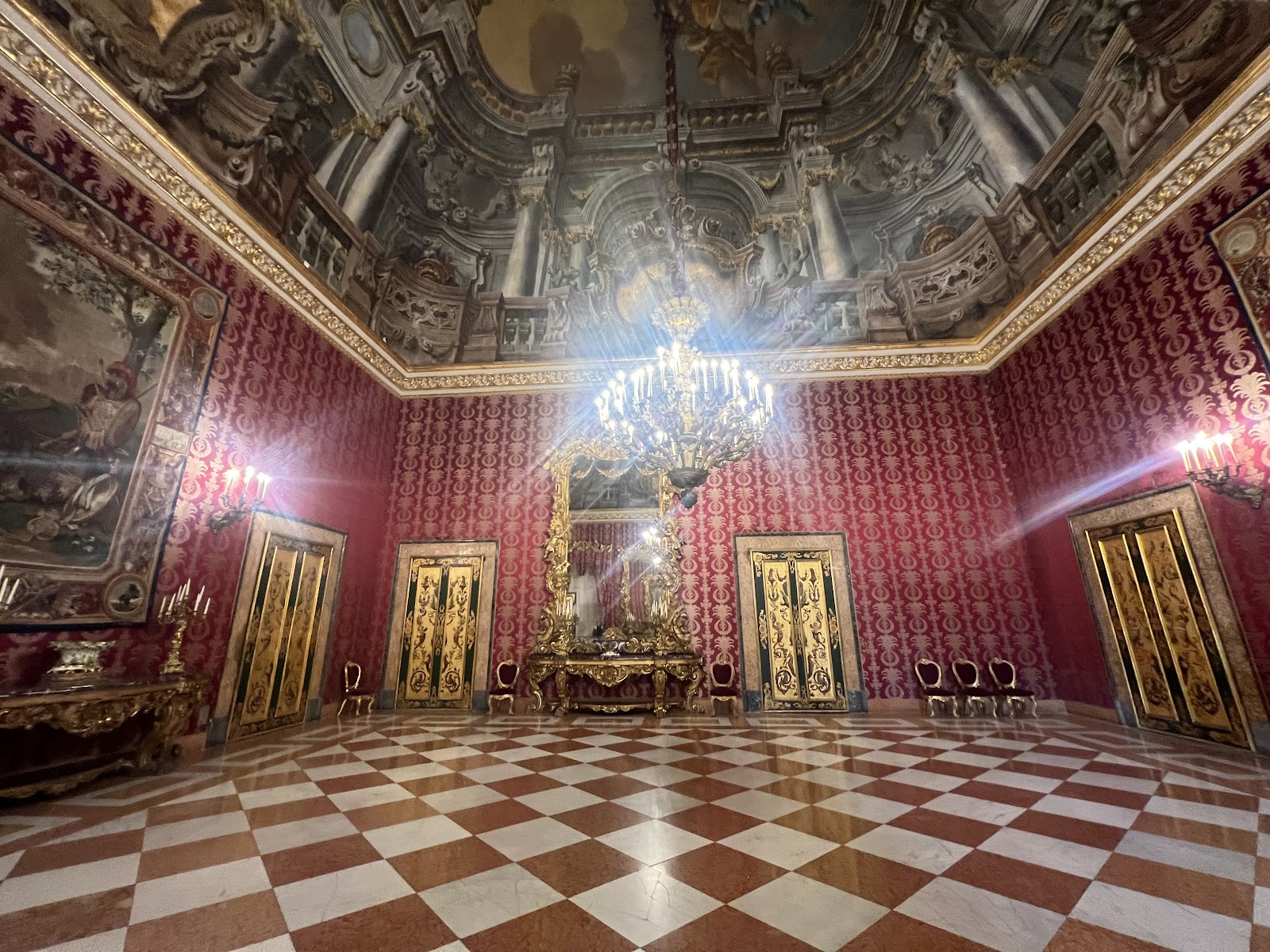
Royal Palace of Naples (Palazzo Reale) (Source: Google Maps)
Audio Guide
0:00 / 2:00
The Royal Palace of Naples, or Palazzo Reale, stands as a testament to the opulence of the Bourbon monarchy. Built in the 17th century, it served as the royal residence until the unification of Italy. The palace boasts a stunning façade and a lavish interior, featuring grand staircases, ornate rooms, and beautiful frescoes. Visitors can explore the Throne Room, the Hall of Ambassadors, and the Royal Chapel, each reflecting the artistic styles of the time. Its historical significance extends beyond royal life, as it played a crucial role in the political landscape of Naples. Today, the palace is a UNESCO World Heritage site, attracting visitors with its rich history and architectural beauty.
Teatro di San Carlo
Just a short walk from the Royal Palace, this historic opera house is one of the oldest and most prestigious in Europe.
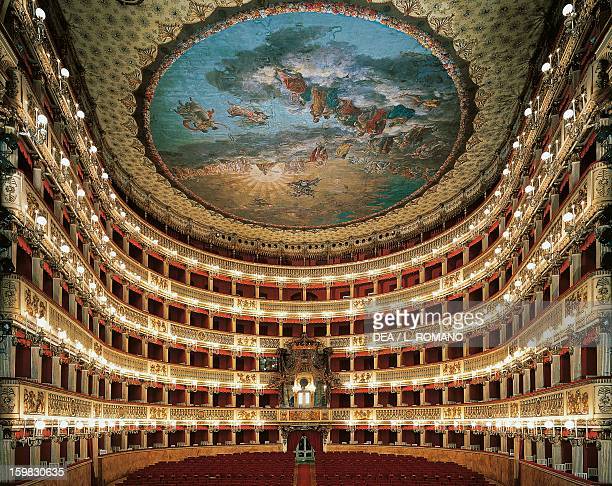
Teatro di San Carlo (Source: Google Maps)
Audio Guide
0:00 / 1:51
Teatro di San Carlo, established in 1737, is the oldest continuously active opera house in Europe and a significant cultural landmark in Naples. Renowned for its exceptional acoustics and opulent interior, the theater has hosted countless world premieres and performances by legendary artists. The neoclassical façade and the lavishly decorated auditorium, complete with gold leaf and intricate frescoes, create a stunning visual experience. San Carlo has been a vital part of the city's cultural life, showcasing opera, ballet, and concerts. Its historical importance and artistic contributions have earned it a revered place in the world of performing arts, making it a must-visit for culture enthusiasts.
Galleria Umberto I
A stunning 19th-century shopping gallery, Galleria Umberto I is perfect for a quick stroll to admire its architecture and lively ambiance.
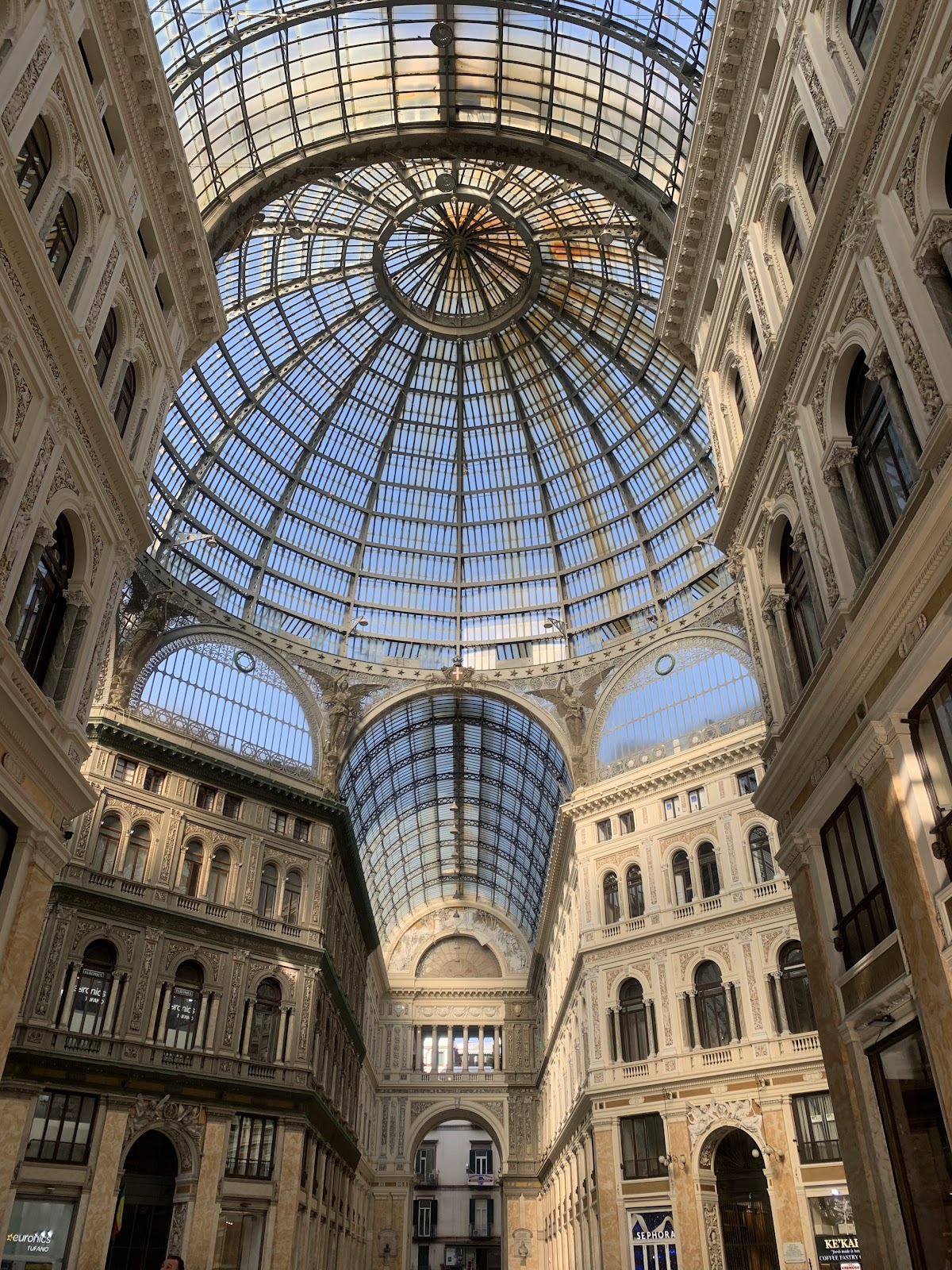
Galleria Umberto I (Source: Google Maps)
Audio Guide
0:00 / 1:40
Galleria Umberto I is a splendid 19th-century shopping gallery that exemplifies the elegance of Neapolitan architecture. Completed in 1890, the gallery features a stunning glass dome and intricate mosaics, creating a bright and airy atmosphere. It houses a mix of shops, cafes, and theaters, making it a lively social hub. The gallery is designed in a cross shape, with an impressive central atrium that is often used for exhibitions and events. Its architectural style reflects the influence of the Italian Renaissance and Art Nouveau movements. As a popular meeting place for locals and tourists, Galleria Umberto I is a perfect spot to experience the vibrant culture and history of Naples.
Via Toledo
Walk along Via Toledo, one of Naples' main shopping streets, offering a mix of historic charm and modern energy.
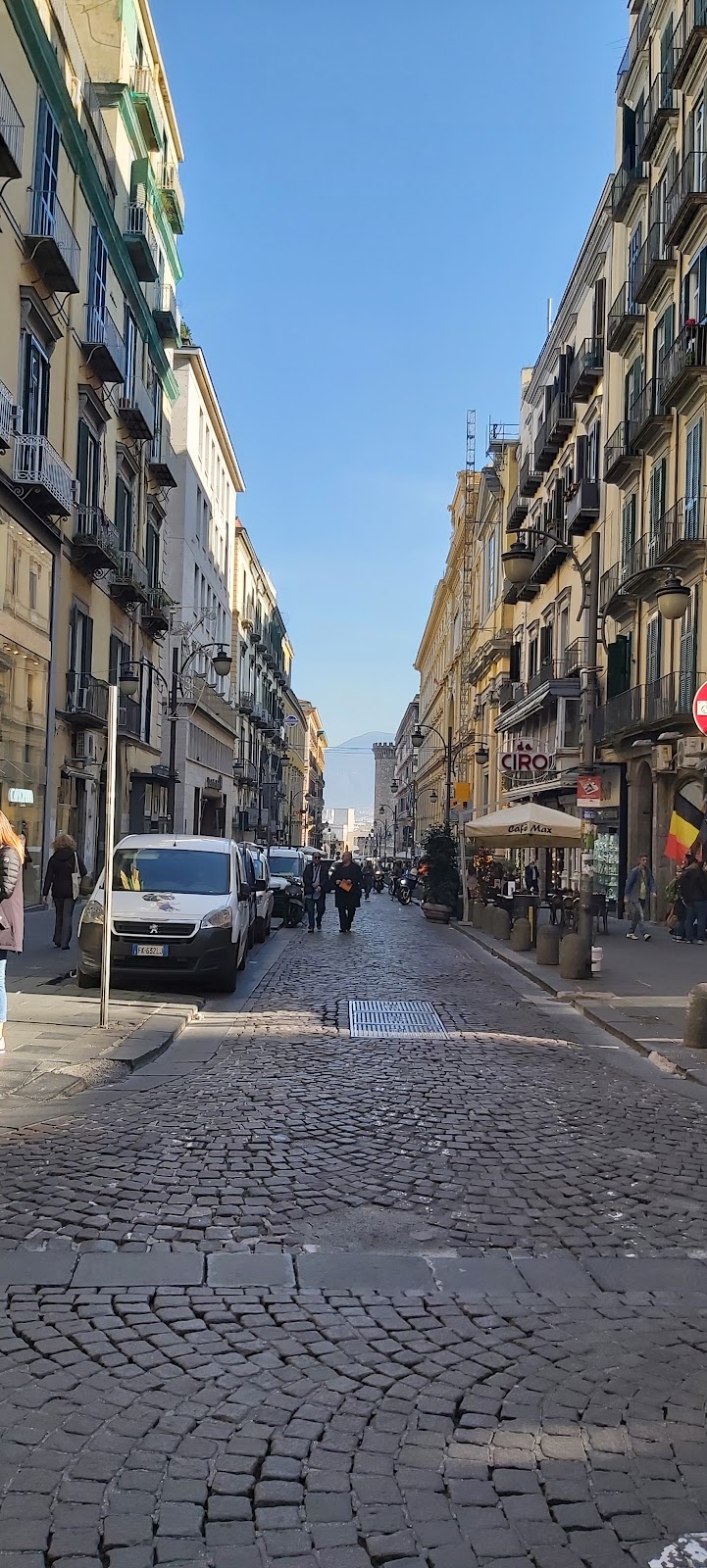
Via Toledo (Source: Google Maps)
Audio Guide
0:00 / 2:06
Via Toledo is one of Naples' main thoroughfares, known for its vibrant atmosphere and historic significance. Stretching from Piazza di Monte di Dio to Piazza del Plebiscito, this bustling street is lined with shops, cafes, and historic buildings. Its origins date back to the Spanish rule in the 16th century, and it has since evolved into a central hub of commerce and social activity. The street showcases a mix of architectural styles, from Baroque to modern, reflecting the city's rich history. Via Toledo is also home to the famous Spanish Quarters, where visitors can experience the authentic Neapolitan lifestyle. This lively street is an essential part of any visit to Naples, offering a blend of shopping, dining, and cultural exploration.
Naples National Archaeological Museum
Explore one of the most important archaeological museums in the world, housing an extensive collection of Roman artifacts and treasures.
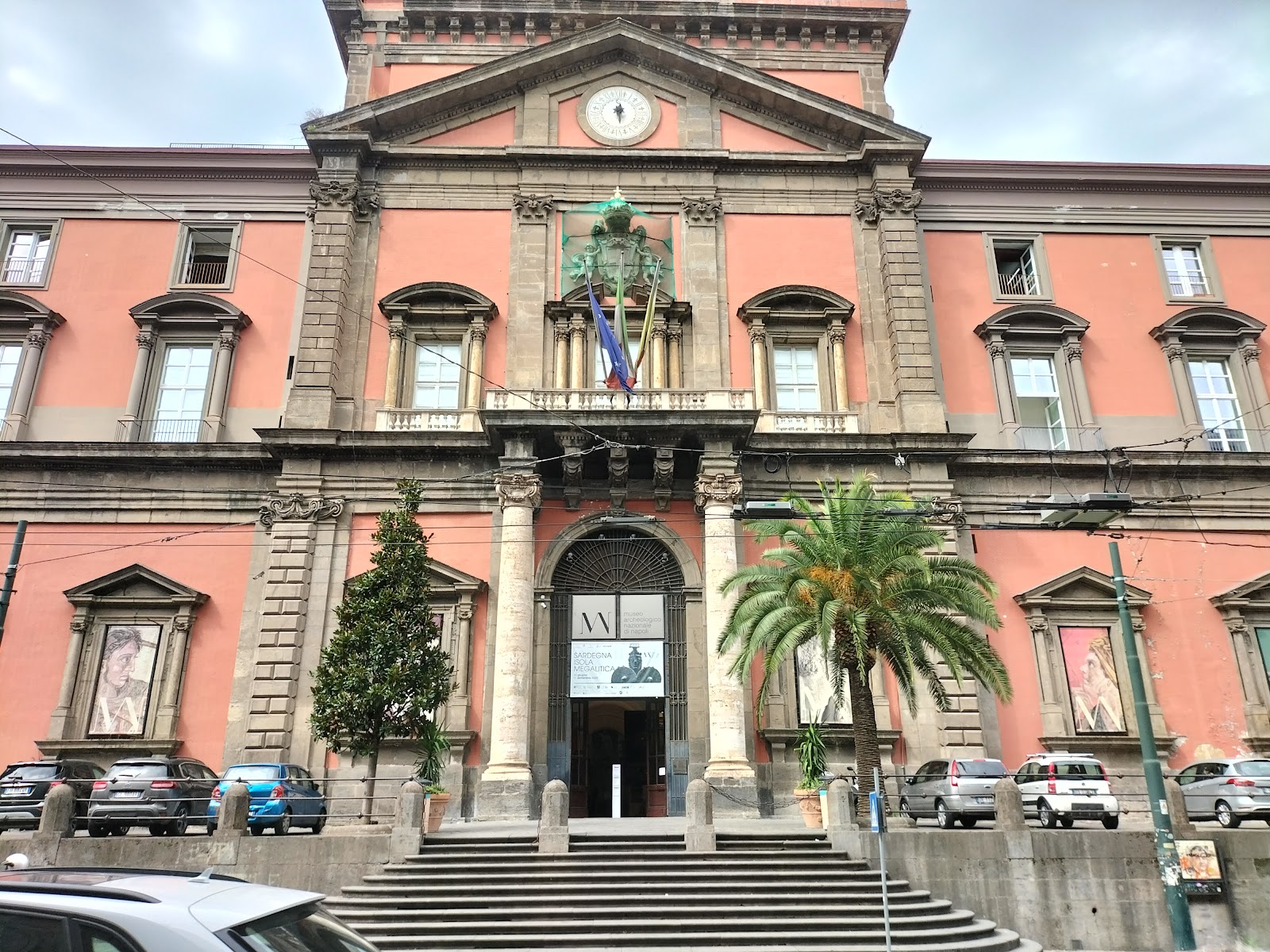
Naples National Archaeological Museum (Source: Google Maps)
Audio Guide
0:00 / 1:56
The Naples National Archaeological Museum is one of the most important archaeological institutions in the world, housing a vast collection of artifacts from ancient Rome and Pompeii. Established in the 18th century, the museum showcases sculptures, frescoes, and everyday objects that provide insight into Roman life. Highlights include the Farnese Collection, featuring masterpieces of classical sculpture, and the stunning mosaics from Pompeii, which vividly depict scenes from mythology and daily life. The museum's extensive collection also includes artifacts from Herculaneum and other sites, making it a vital resource for historians and archaeologists. With its rich history and impressive exhibits, the museum attracts millions of visitors each year, eager to explore the treasures of the ancient world.
Pizzeria Da Michele
Pause for a delicious Neapolitan pizza at Pizzeria Da Michele, a legendary spot known for its simple yet perfect margherita and marinara pizzas.
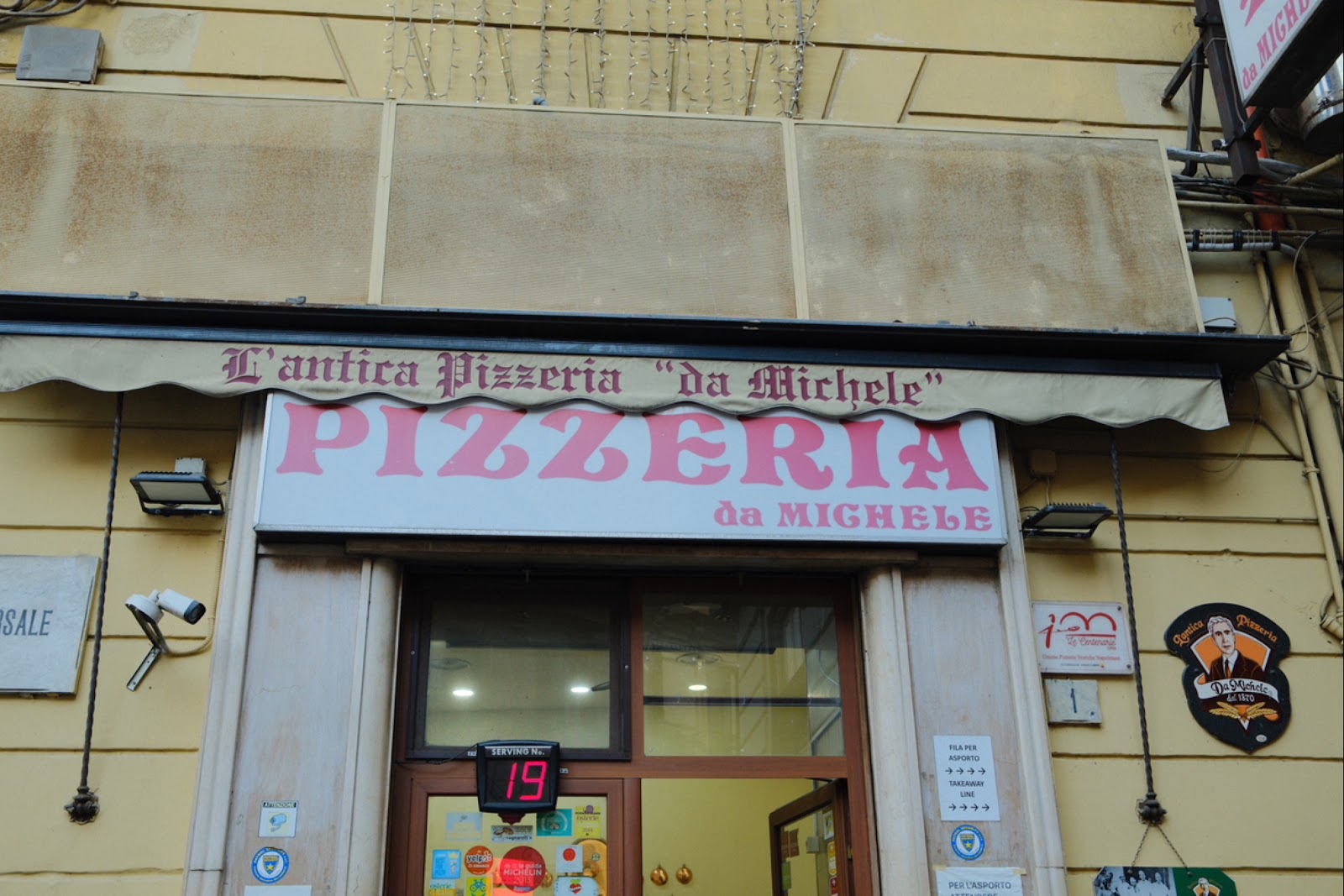
Pizzeria Da Michele (Source: Google Maps)
Spaccanapoli
Wander through Spaccanapoli, the narrow street that cuts through the historic center, offering a true taste of Neapolitan life and culture.
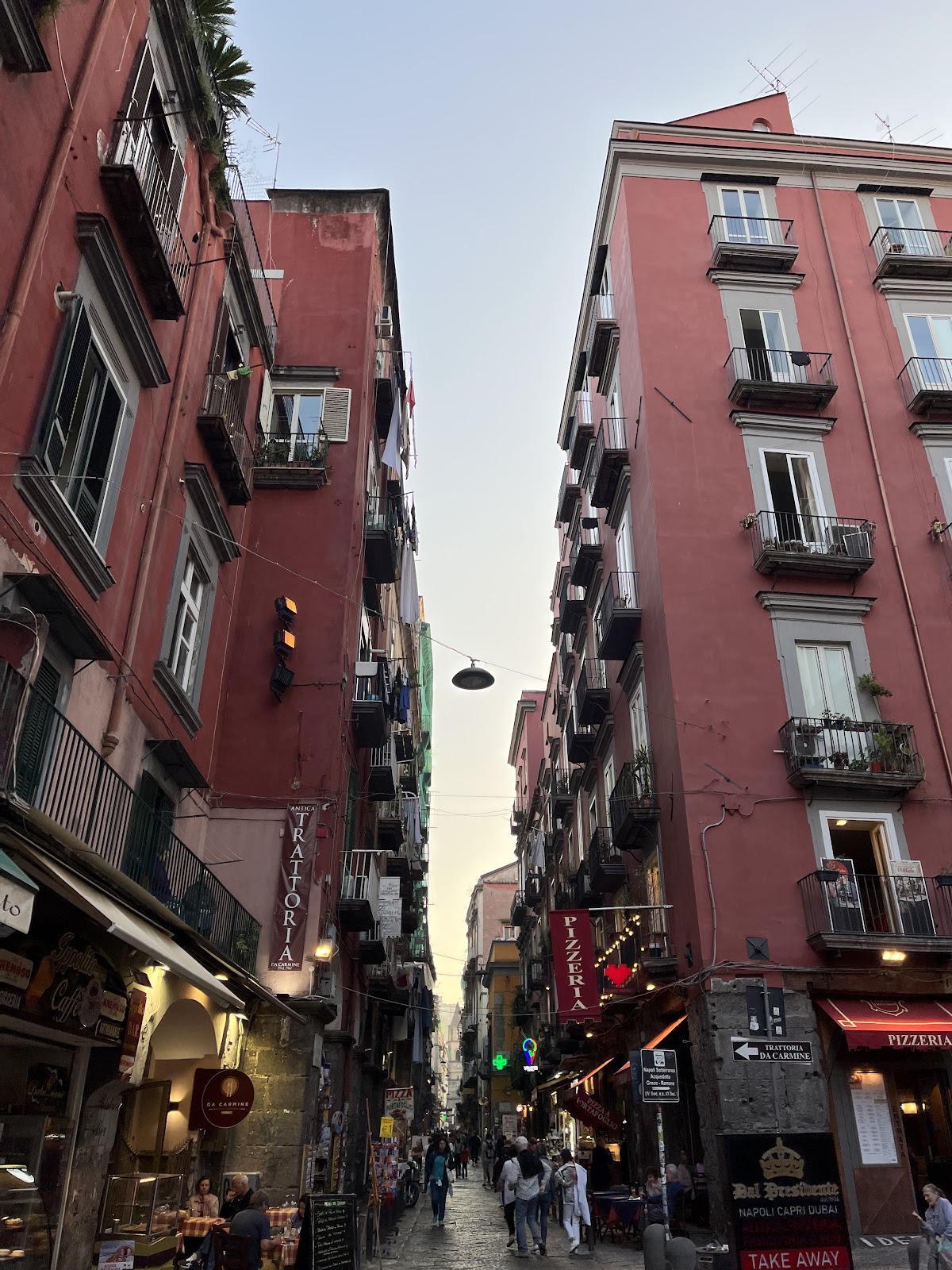
Spaccanapoli (Source: Google Maps)
Audio Guide
0:00 / 2:10
Spaccanapoli is a narrow, historic street that runs through the heart of Naples, serving as a cultural and social artery of the city. Its name means 'Naples Split,' as it divides the old town into two distinct sections. The street is lined with shops, artisan workshops, and churches, each telling a story of the city's rich history and vibrant culture. Walking through Spaccanapoli offers a true taste of Neapolitan life, with local vendors selling traditional goods and street food, including the famous sfogliatella pastry. The street is also home to several significant landmarks, such as the Church of Gesù Nuovo and the Santa Chiara complex. Its lively atmosphere and historical significance make it a must-see for anyone exploring Naples.
San Gregorio Armeno
End your tour at San Gregorio Armeno, famous for its artisan shops specializing in handcrafted nativity scenes and figurines.
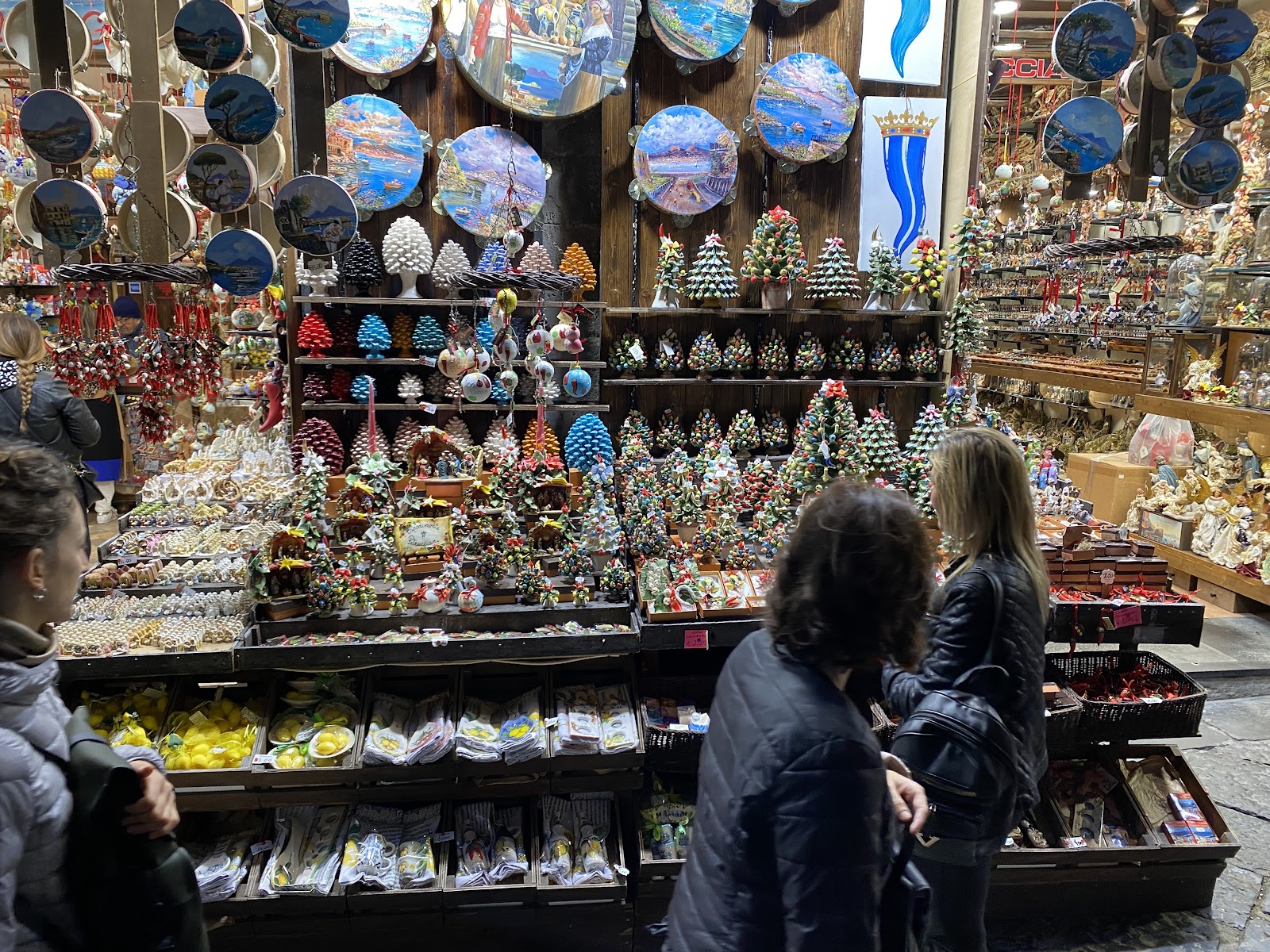
San Gregorio Armeno (Source: Google Maps)
Audio Guide
0:00 / 1:54
San Gregorio Armeno is a famous street in Naples, renowned for its artisan shops specializing in the creation of handcrafted nativity scenes and figurines. This vibrant street comes alive during the Christmas season, attracting visitors from around the world who come to admire the intricate craftsmanship of the artisans. The tradition of creating nativity scenes in Naples dates back to the 18th century, and San Gregorio Armeno has become the epicenter of this art form. Visitors can explore a variety of shops, each showcasing unique and imaginative designs, from traditional figures to contemporary interpretations. Beyond its artistic significance, the street reflects the deep-rooted cultural and religious traditions of Naples, making it a fascinating destination for those interested in local customs and craftsmanship.

Your travels, your rules.
Create your own Free Walking Tours.
Set your preferences, distances and anything you want to do or see.
Completely free, no payment required.